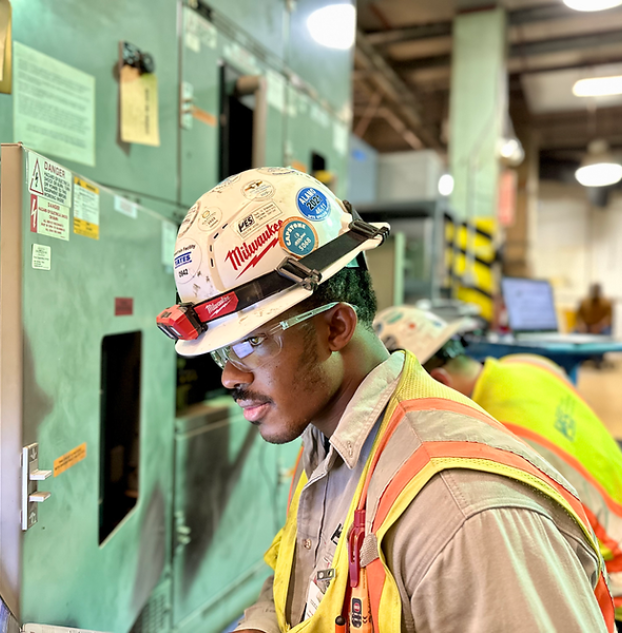Guarantee Job Success with Comprehensive Engineering Support: Laying Out Engineer Services, Topographical Surveying, and More
Guarantee Job Success with Comprehensive Engineering Support: Laying Out Engineer Services, Topographical Surveying, and More
Blog Article
Making The Most Of Resource Appropriation Via Strategic Checking Practices
In the world of tactical source appropriation, the method of surveying stands as a critical device for organizations aiming to enhance their effectiveness and impact. By methodically collecting data and understandings, strategic surveying methods supply a roadmap for notified decision-making and resource circulation.
Relevance of Strategic Checking Practices
Strategic evaluating practices play a critical duty in identifying the reliable allotment of resources within companies. By conducting critical studies, firms can collect important data and understandings that assist in making informed decisions relating to the allotment of resources such as manpower, spending plan, and time. These methods provide an organized approach to understanding the existing state of the company, determining locations for enhancement, and straightening sources with calculated goals.
One vital value of strategic surveying techniques is that they aid companies prioritize their efforts based upon real-time feedback from stakeholders. This makes sure that resources are routed in the direction of jobs or activities that have the highest influence on achieving organizational goals. In addition, tactical surveys make it possible for firms to adjust to changing market conditions, client choices, and inner capacities by continually keeping an eye on and examining resource allowance methods.
Event Insights From Stakeholders
Integrating feedback from stakeholders is important for organizations implementing strategic evaluating methods to successfully assign resources and drive decision-making procedures. Stakeholders, consisting of workers, customers, suppliers, and area participants, hold important insights that can significantly influence the success of calculated efforts. construction surveys. Involving with stakeholders through studies, meetings, focus groups, and feedback sessions allows organizations to obtain a much deeper understanding of their demands, choices, and problems
By gathering understandings from stakeholders, companies can determine key areas for renovation, prioritize resource appropriation based on actual demands, and align tactical objectives with stakeholder expectations. Involving stakeholders in the decision-making process cultivates a sense of possession and dedication, leading to increased buy-in and support for critical initiatives.
Moreover, stakeholders often provide one-of-a-kind perspectives and ingenious concepts that might not have actually been thought about inside. By proactively listening to and integrating stakeholder comments, companies can boost their strategic surveying methods, make even more enlightened choices, and ultimately achieve much better end results.
Utilizing Data-Driven Approaches
Utilizing data-driven techniques is extremely important for organizations seeking to improve the performance of their resource allotment methods and decision-making procedures. By leveraging data analytics and progressed modern technologies, companies can extract important insights to enhance resource allowance, recognize fads, and make educated choices. Data-driven approaches enable organizations to designate resources based on empirical evidence instead of intuition, causing a lot more reliable and reliable end results.

Moreover, companies can utilize predictive analytics to forecast future source demands and allot sources proactively. construction surveys. By leveraging historic information and pattern analysis, companies can prepare for need fluctuations and adjust their resource allocation approaches appropriately. In general, embracing data-driven techniques find out equips organizations to make educated choices that make the most of source allowance effectiveness and drive sustainable development
Identifying Areas for Improvement
Recognizing locations for improvement is an important step in the process of maximizing source allocation. By recognizing where inadequacies or traffic jams exist within the organization, decision-makers can guide sources in the direction of addressing these particular areas.
One efficient approach for recognizing locations for improvement is conducting regular performance assessments across different departments or functions. With these evaluations, organizations can gather important insights into locations that call for focus or restructuring. Additionally, looking for feedback from employees at all degrees of the company can give an unique viewpoint on possible locations for improvement.
Moreover, using tools such as process mapping, SWOT analysis, and benchmarking can aid in identifying locations for renovation by highlighting staminas, weaknesses, opportunities, and threats within the organization. By methodically taking a look at these aspects, organizations can develop a comprehensive understanding of where sources need to be alloted to drive efficiency and effectiveness.
Practical Tips for Application

Verdict
In final thought, strategic surveying practices play an essential role in making the most of resource allocation by gathering understandings from stakeholders, making use of data-driven strategies, and recognizing locations for enhancement. Carrying out useful suggestions for effective surveying can lead to more enlightened decision-making and maximized source allotment techniques. By prioritizing strategic evaluating techniques, companies can guarantee that resources are allocated successfully and successfully to satisfy their helpful site purposes and objectives.
In the realm of calculated resource appropriation, the method of surveying stands as a pivotal device for organizations intending to enhance their efficiency and influence.Strategic checking techniques play a critical function in determining the reliable allowance of resources within companies.Integrating responses from stakeholders is necessary for organizations applying calculated surveying methods to efficiently allot resources and drive decision-making procedures.Additionally, companies can employ anticipating analytics to forecast future source demands and assign sources proactively. By prioritizing critical surveying methods, companies can guarantee that sources are assigned effectively and effectively to satisfy their objectives and goals.
Report this page